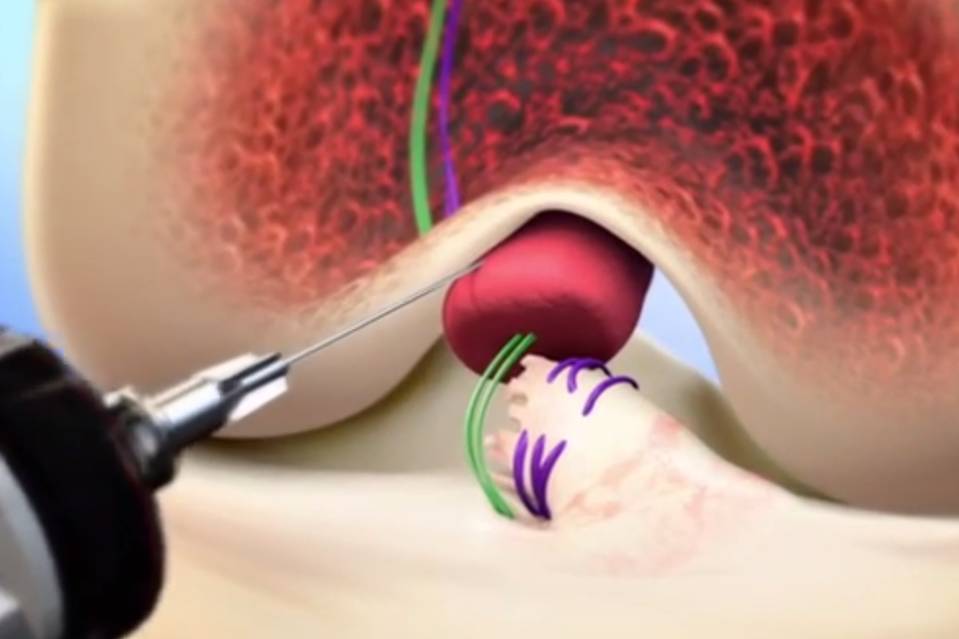"A Potential Breakthrough in ACL Surgery" - The Wall Street Journal


Bridge-enhanced ACL repair allows doctors to use a sponge soaked with the patient’s blood to repair a torn ACL rather than replacing it with a tendon from another part of the patient’s body
By Matthew Futterman
Anterior cruciate ligament surgery, a scourge of athletes of every age and competition level, appears on the cusp of becoming significantly less onerous, results from an experimental surgery trial at Boston Children’s Hospital now show.
During the past year, 10 adult patients have undergone a procedure known as “Bridge Enhanced ACL Repair,” which allows doctors to use a sponge soaked with the patient’s blood to repair a torn ACL rather replacing it with a tendon from another part of the patient’s body. According to the surgeons overseeing the study, every patient’s ACL is now every bit as strong as a traditionally replaced ACL at a similar stage of rehabilitation.
“I didn’t think we would see all of them perform this way,” said Dr. Martha Murray, who first began performing the procedures on pigs. “I thought maybe we would get seven out of 10.”
If the success continues during subsequent tests, the procedure will be considered a significant breakthrough in ACL surgery. Rehabilitation from ACL surgery is particularly slow because because doctors usually have to use either a patellar tendon or part of the hamstring tendon to replace the ACL of an active child or adult. That forces patients to recover from two injuries rather than just one, adding weeks, if not months, to the recovery.
Dr. Lyle Micheli, the lead surgeon on the ACL experiment, said roughly ⅔ of the patients that undergo a traditional replacement still show weakness in their hamstrings after six months.
That certainly wasn’t the case for Corey Peak, a 26-year-old graduate student at Harvard who was the first patient to undergo the experimental surgery last February. Peak tore his ACL skiing in Vermont. A friend told him about the trial Boston Children’s was embarking on.
Peak studied biomedical engineering in college and understood the science behind the procedure, during which a torn ligament is sutured to a sponge crafted from the same proteins that form a ligament, then soaked with blood. The blood stimulates the ligament to grow through the sponge, which transforms in about eight weeks into a new ligament.
Peak was jogging on a treadmill after three months and cycling to work by summer. He returned to cross-country skiing -- though not Alpine yet -- this winter, and he is now taking scuba lessons, which requires plenty of bending and squats with heavy equipment on his back.
“I’m not really even thinking about it,” which is the ultimate sign that his knee is healthy again, he said. “It’s sort of like when you get over a break-up.”
Micheli said not every patient with a torn ACL will be a candidate for the procedure. The tear needs to leave a 6-8 millimeter stub on the tibia side of the ligament. The ACL gives the knee and leg much of its stability.
Micheli said he was skeptical that the procedure would work, despite its past success in pigs. Now he is calling it potentially revolutionary, especially for younger patients, who are the species’ best healers. “If this works in adults, it’s going to work really well in kids.”
The next step is a 100-patient, double-blind trial that will ensure each patient receives the same post-operation therapy so doctors can truly measure the new procedure’s effectiveness against the old one.
“The first ones we treated with kid gloves,” Murray said. “This time there will be less bias when we look at the results.”

